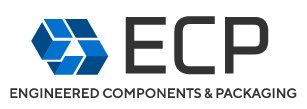585.204.6770
sale@sanblueplastics.com
Your Source for Trays!
How to Choose the Right Industrial Storage Bins for Your Business Needs
When it comes to optimizing your business operations, the choice of industrial storage bins can make a significant difference. Selecting the right bins not only improves organization but also enhances efficiency and safety in the workplace. With a myriad of options available, from stackable containers to heavy-duty storage solutions, finding the perfect fit for your specific needs can seem overwhelming. However, understanding your business's unique requirements is essential to making an informed decision.
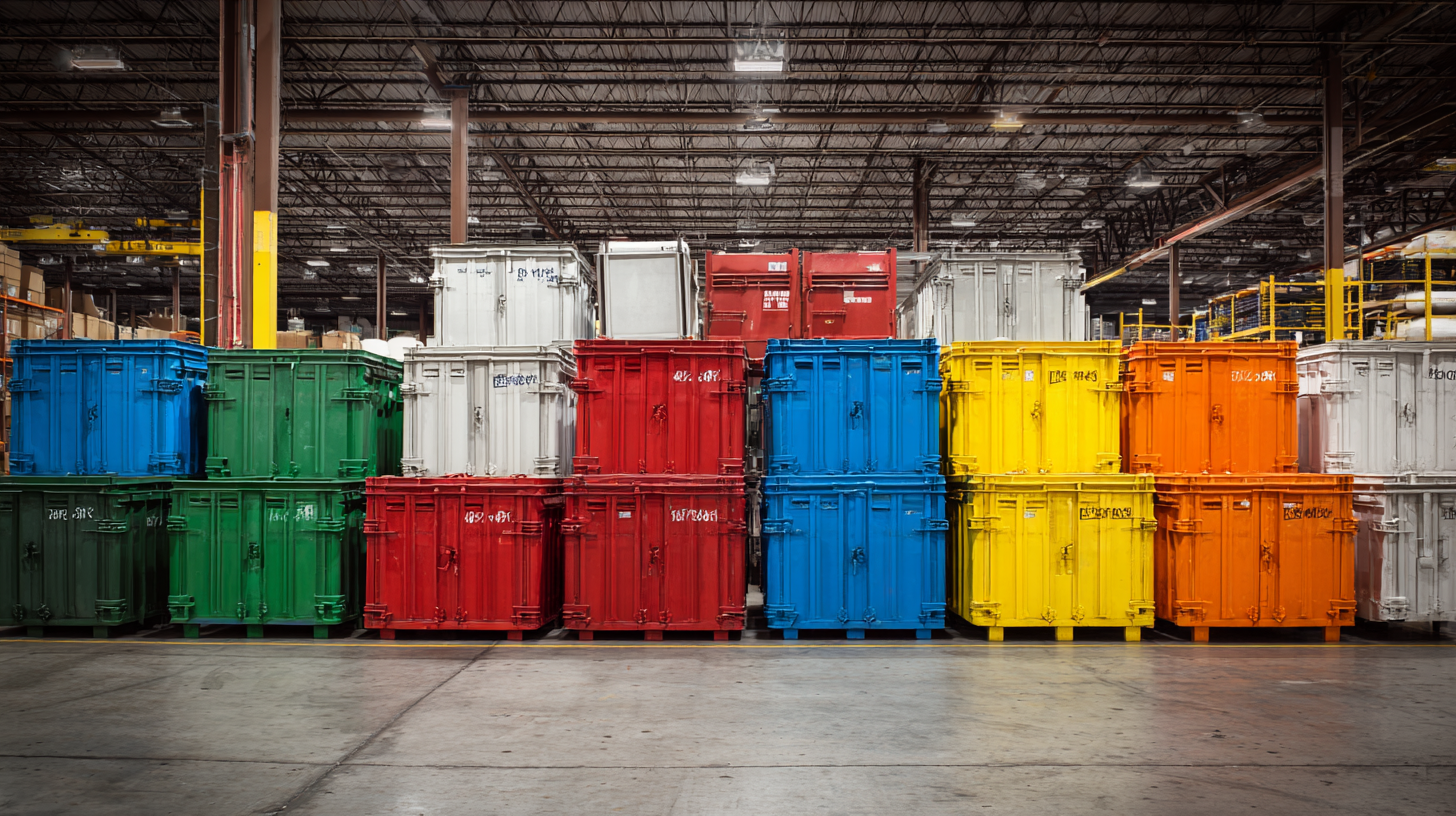
In this blog, we will explore the crucial factors to consider when choosing industrial storage bins, helping you navigate through the myriad of choices to ensure you select solutions that enhance productivity and streamline operations in your facility. Whether you're storing tools, inventory, or raw materials, the right industrial storage bins can transform your space into a well-organized environment that fosters success.
Identifying Your Specific Storage Needs for Optimal Efficiency
When selecting industrial storage bins, understanding your specific storage needs is crucial for optimizing efficiency. According to a report by Grand View Research, the global industrial storage market is projected to reach $27.4 billion by 2025, highlighting the increasing importance of effective storage solutions. Companies must assess their inventory types, sizes, and turnover rates to determine the most suitable bin designs. For instance, lightweight plastic bins may be ideal for fast-moving consumer goods, while heavier-duty metal bins are better suited for storing bulk materials.
Furthermore, a study by the Warehousing Education and Research Council indicates that 57% of warehouses report inefficiencies due to inadequate storage solutions. By identifying specific requirements such as stacking, accessibility, and the environmental conditions of the storage area, businesses can enhance workflow and reduce operational costs. Leveraging data analytics to monitor inventory trends can also inform the decision-making process, ensuring that the chosen storage bins align with both current needs and future growth potential.
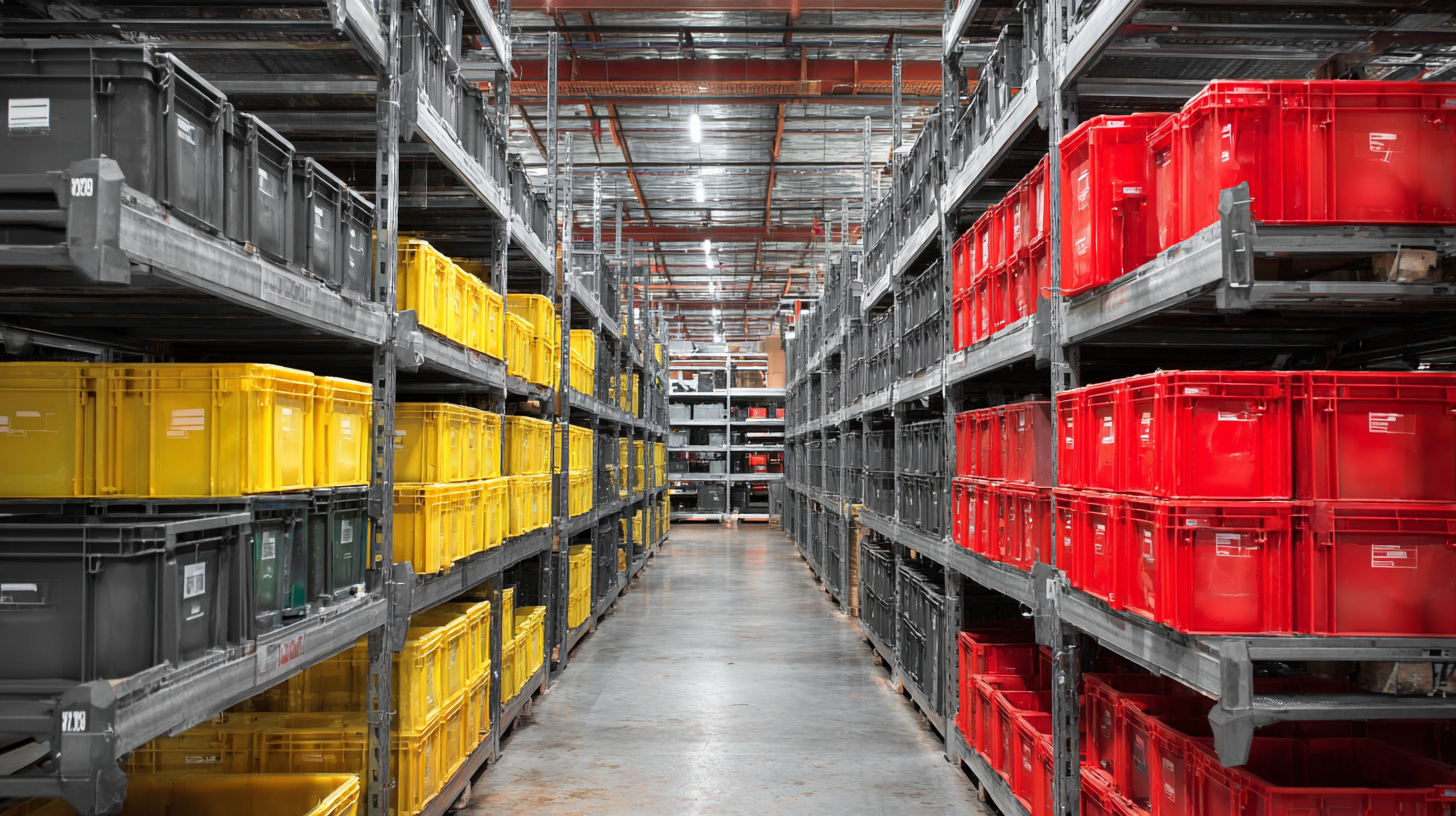
Evaluating Different Types of Industrial Storage Bins Available
When evaluating different types of industrial storage bins for your business needs, it’s essential to consider the specific requirements of your operations. Industrial storage bins come in various materials, including plastic, metal, and wood, each offering unique advantages. For instance, plastic bins are lightweight and resistant to moisture, making them ideal for food storage or environments prone to corrosion. On the other hand, metal storage bins can provide high durability and strength, suitable for heavier loads and more challenging environments.
Additionally, understanding the functionality of different designs is crucial. For example, stackable bins can save space in warehouses, allowing for more efficient storage solutions. Open bins are excellent for quick access to items, while closed bins protect contents from dust and damage. It is also worth considering bins with built-in labeling systems, which can aid in inventory management and tracking. Ultimately, the right choice will depend on your operational needs, climate considerations, and storage capacity, paralleling the meticulous evaluations seen in sectors like energy storage technology and carbon capture systems, where practical assessments lead to enhanced efficiency and effectiveness.
Assessing Material Durability and Weight Capacity of Bins
When selecting industrial storage bins for your business, understanding the
material durability and
weight capacity is crucial.
Different applications require different materials, from heavy-duty plastic to metal bins,
each with unique strengths. For instance, according to a report by the Industrial Packaging
Association, high-density polyethylene (HDPE) bins can withstand impacts better than
standard plastics, making them ideal for industries where durability is paramount.
Additionally, metal storage bins may support larger weights but often come at a
higher cost.
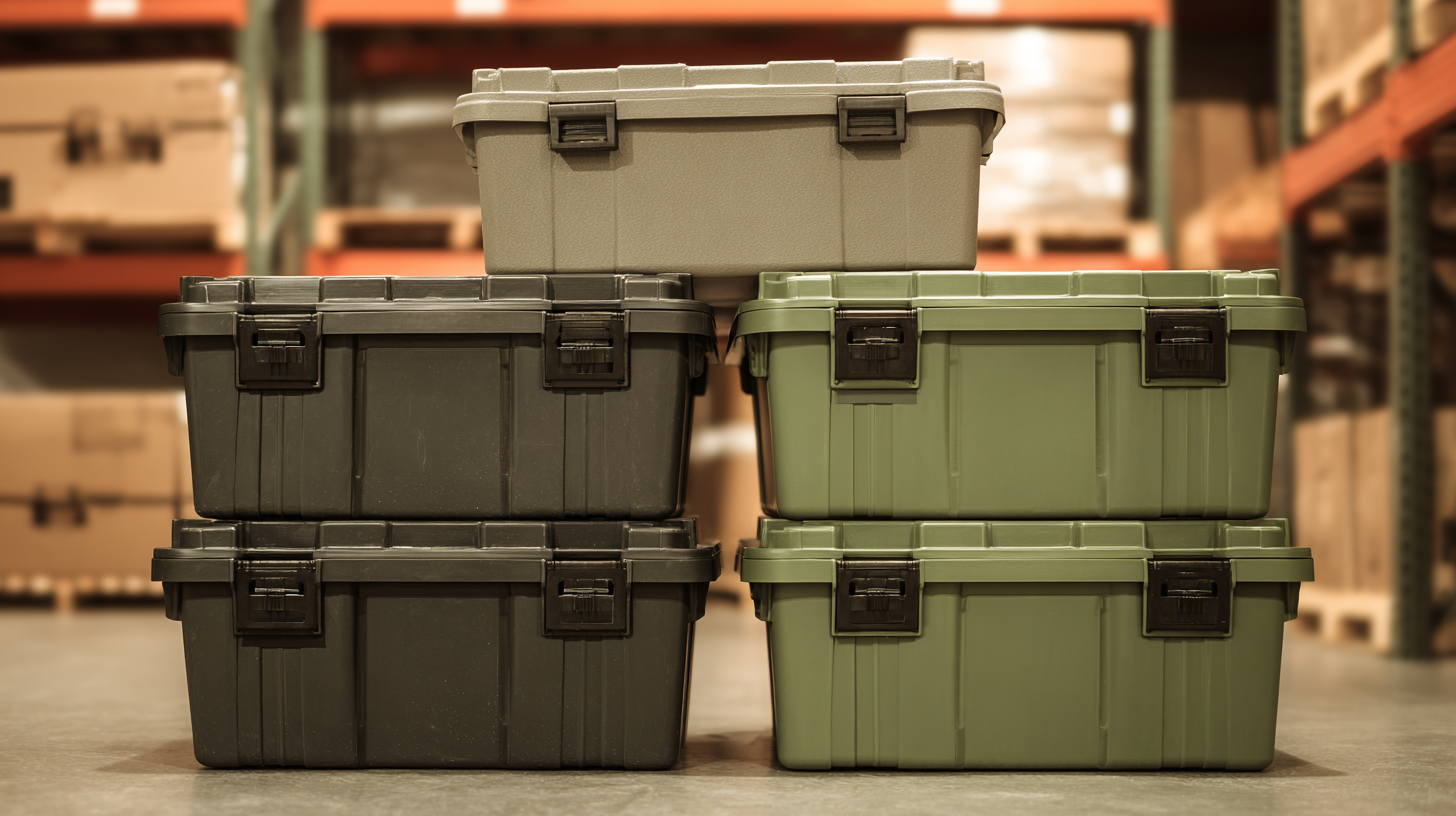
Tip: Always assess the load requirements of your stored items
and choose bins that can handle at least
20% more than the maximum
expected weight. This helps ensure longevity and minimizes the risk of damaging
both the bins and your inventory.
Assessing weight capacity also involves understanding the specific use case of the bins.
For example, stackable bins typically have a lower individual weight capacity compared
to non-stackable options. A study by the Material Handling Institute suggests that
using bins rated for at least 500 pounds
can significantly reduce the frequency of replacements in high-traffic warehouses.
Tip: When in doubt, consult the manufacturer's specifications for each
bin to ensure they meet the specific needs of your operations. This attention to
material selection and weight capacity can safeguard your inventory while optimizing
your storage efficiency.
Understanding Space Management and Bin Organization Techniques
Effective space management and bin organization are crucial components for maximizing efficiency in industrial settings. According to a report by the Warehouse Efficiency Project, optimizing storage space can improve order-picking speed by up to 25%, significantly enhancing overall productivity. By implementing systematic bin organization techniques, businesses can reduce time spent searching for items and streamline inventory management processes.
One popular method for bin organization is the use of the ABC analysis, which categorizes inventory based on its value and turnover rates. Items that sell quickly and are essential for operations fall into category A, while slower-moving items are categorized as B or C. Implementing this technique not only allows for more efficient use of space but also helps in prioritizing stock for restocking and inventory audits. Additionally, using adjustable shelving and modular bins can accommodate various product sizes, providing flexibility as business needs evolve. Reports indicate that companies using these strategies have seen reductions in storage costs by as much as 15%, proving that thoughtful space management yields significant financial benefits.
Industrial Storage Bin Capacity and Usage
Budget Considerations: Cost-Effective Solutions for Storage Bins
When selecting industrial storage bins, budget considerations play a crucial role in finding cost-effective solutions that meet business needs. The plastic crates market, for instance, has experienced significant growth, projected to reach a valuation of USD 20 billion by 2026, driven largely by the increasing demand for durable and lightweight storage options. The prevalent materials used for these storage bins, such as polyethylene and polypropylene, not only offer strong resistance to chemicals and impacts but also minimize overall costs, making them an attractive option for businesses aiming to optimize their storage solutions.
Additionally, companies must also consider the innovation index within the industry. According to a recent report, leading manufacturers in the market have invested heavily in developing advanced designs that enhance space utilization and prevent damage during transport. These innovations not only improve efficiency but also ensure that businesses can maintain their competitive edge while adhering to budgetary constraints. By carefully evaluating options in the plastic crates sector, businesses can secure economical storage solutions that do not compromise on quality or functionality.
Related Posts
-

7 Best Ways Plastic Stackable Bins Can Transform Your Storage Solutions
-

Revolutionizing Consumer Electronics with Best Vacuum Forming Solutions for Common Manufacturing Challenges
-
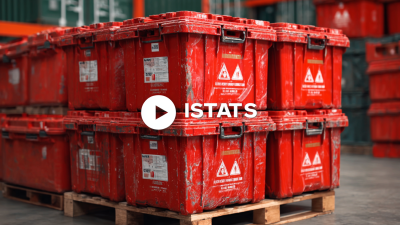
How to Ensure Compliance for the Best Totes with Lids: A Guide to Import and Export Certifications
-

Choosing the Right Spill Tray: A Comparative Guide to Materials and Designs
-
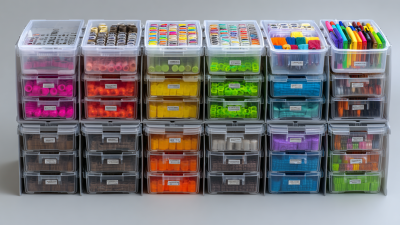
Innovative Uses of Plastic Storage Boxes in Modern Organization Solutions
-

How to Choose the Best Large Plastic Tray for Your Business Needs
